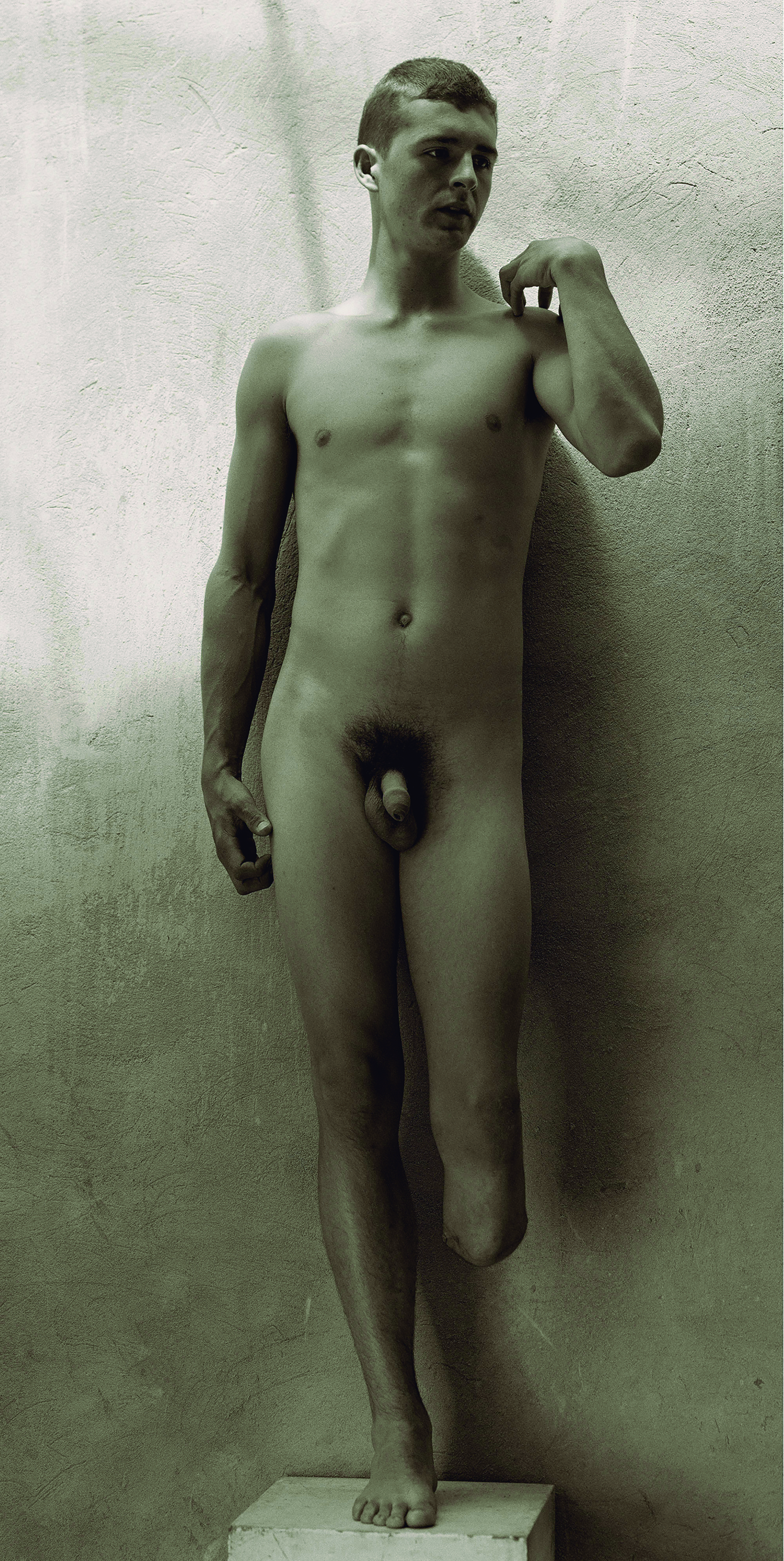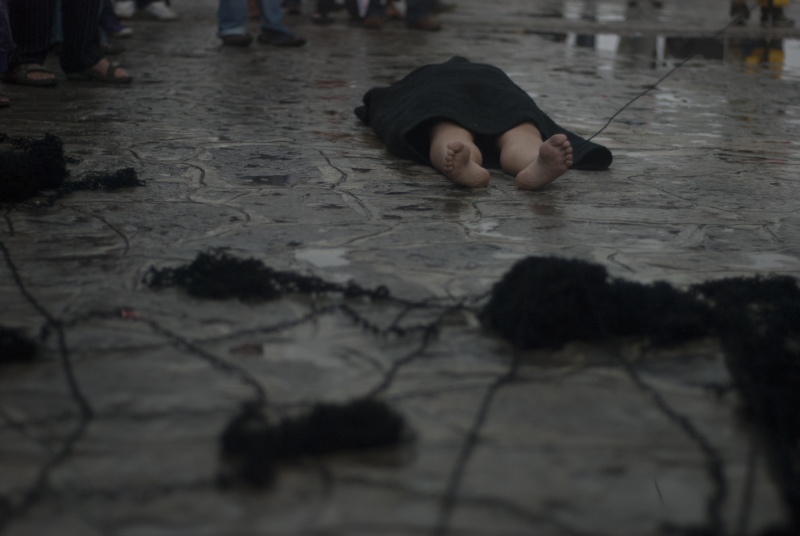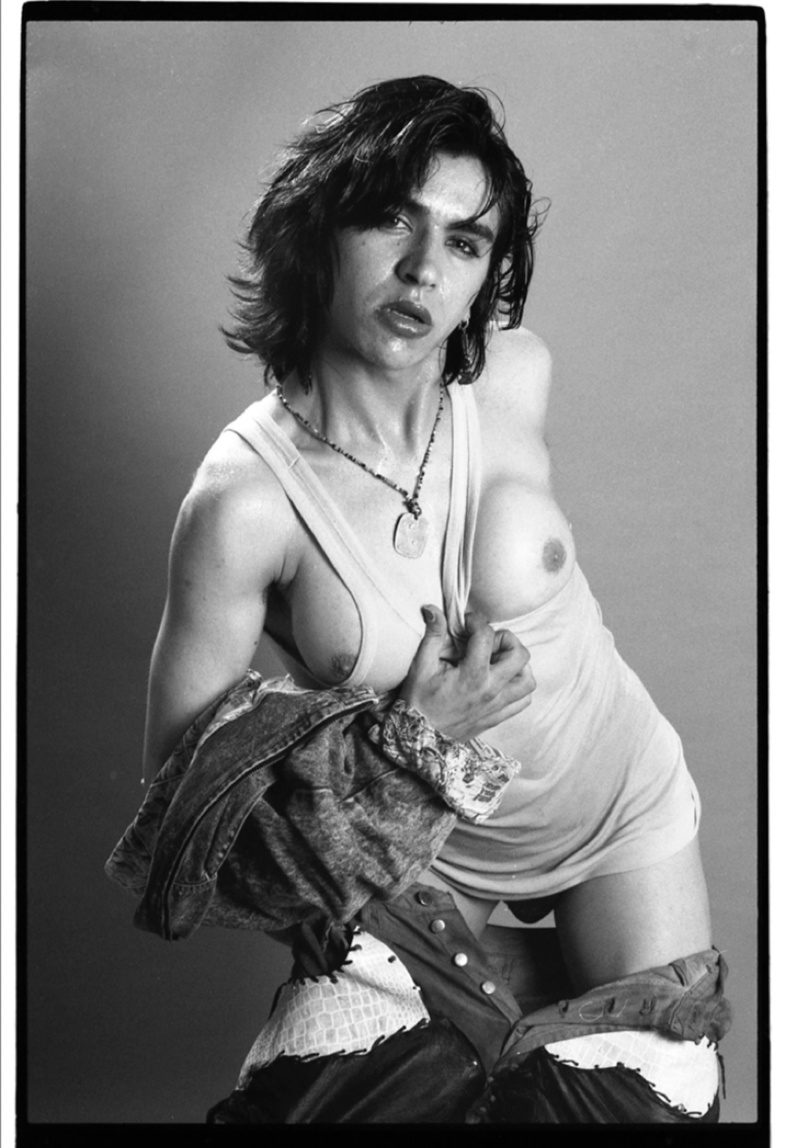
“Radical Women: Latin American Art, 1960-1985,” held earlier this year in April at the Brooklyn Museum, made waves across the international art community as one of the first surveys of 20th-century art by Latin American women. When curator Pilar Tompkins Rivas announced she would be producing her own survey of feminist and queer artists at ARTBO, the Bogota-based art fair quickly gaining traction as one of the region’s largest and most important fairs, she was surprised to be met with some skepticism. “Someone said to me, why do you want to do this, if they just did ‘Radical Women?’” Rivas recalls. “I just scoffed. If you do one show with Latin women artists, you didn’t cover everyone.”
Rivas, the director at the Vincent Price Museum of Art, was tapped by ARTBO to curate this year’s installment of Referentes, a section exploring works by artists who have shifted paradigms of art history. For Rivas—who frequently explores intersectionality within feminism from a U.S. Latino and Latin American art historical context—the show’s direction was immediately clear. “The art historical canon emphasizes that we begin with male artists, and the women fall beneath that,” says Rivas. “But women and people identifying in multiple ways are central to art production, and we have to rethink how we look at their work.”

Opening on Thursday and running through the weekend at the Corferias convention center in Colombia’s capital city, “Dialogues in Time: Charting Genealogies and Intersections of Gender” will present roughly 66 works by Latin American women and queer artists, sourced from ARTBO’s participating galleries and produced between the 1960s to today. Rivas, who made roughly five curatorial trips to Colombia to organize the show, is careful to draw parallels between earlier artists and their contemporary counterparts. Organized into four central themes exploring abstraction, otherness, intimacy and labor, the exhibition presents paintings and sculpture, tender portraits, and archival and woven installations that question how certain perspectives continue to be marginalized within the contemporary art dialogue.
Many of the works within the show aim to re-center queer bodies and movements, highlighting how Latin America’s conservative dictatorships and violent history bred provocative artistic works. Miguel Ángel Rojas’s photograph, David (1979/2006), recreates Michelangelo’s iconic sculpture with a young Colombian soldier with an amputated leg, enshrining this war-ravaged figure in a recognizable art historical image. The show also celebrates Latin America’s underground nightlife culture, with photographs and archival collections that aim to re-insert drag and transgendered bodies into the mainstream. Hernando Toro Botero’s grotesque portraits depict hyper-sexualized trans bodies, like Massiel (1993) and Gitana Trans (1994), while Teresa Margolles’ 2016 photographs portray drag performers standing in front of the ruins of now-demolished nightclubs in Ciudad Juarez in Mexico.

Centering female labor and perceived gender roles, Maria Angelica Medina’s temporal, performative work, Conversation Piece (1980-present) will welcome visitors to sit with the artist as she continues to knit an enormous synthetic piece, a work in progress over the last 40 years. Regina Jose Galindo’s Hilo de Tiempo (2012) aims to undo the rigid constructs surrounding female labor—the video work depicts a 2012 performance piece that encouraged the public to pull and unravel the threads of a black bag, revealing the artist’s nude, seemingly lifeless body underneath.
Because many of the artists within this year’s Referentes survey are well-known, Rivas hopes the show will offer an opportunity to explore their oeuvre from a more provocative lens. “I think the show will get people thinking about artists that they may be well acquainted with, and get them thinking about their work in a different context,” she says. “Through exposure, I think people become more accustomed, and these discussions can truly enter mainstream culture.”
Craving more culture? Sign up to receive the Cultured newsletter, a biweekly guide to what’s new and what’s next in art, architecture, design and more.



